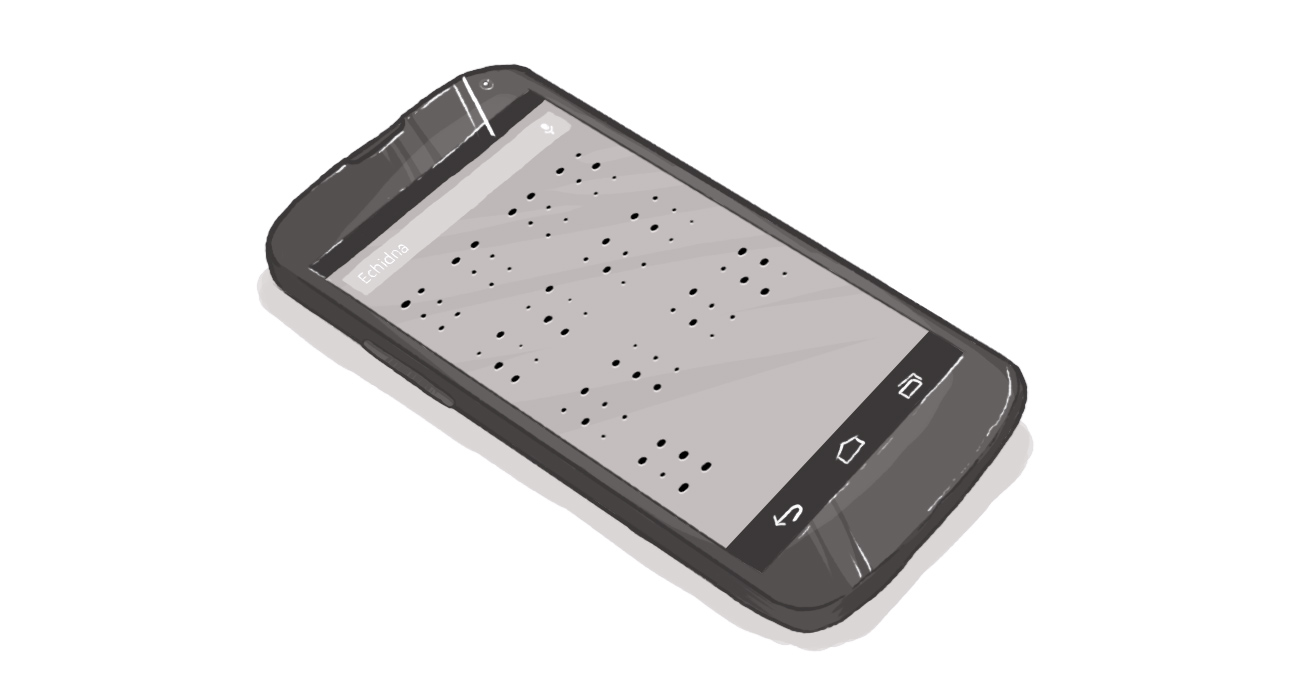Accessibility and Everyday Emergencies

When time is of the essence, it's important to ensure that essential interactions are available -- an issue that people with accessibility challenges can face every day.
Recently I wrote about accessible disaster preparedness and the resources available for persons with disabilities in the case of major evacuation and destruction. There are many more everyday emergencies that most of us will experience at some time or another, and all of these also need to have accessible alternatives at the ready.
Something as routine as a fire drill can have accessibility implications. Elevators shut down at such times, which leaves anyone with a walker, wheelchair, or vertigo stuck. The noise of alarms can make anyone with visual impairment unable to use their hearing. Anyone who can’t hear has to hope that such alarms are equipped with flashing lights.
Those unfamiliar with North American emergency drills may be confused and terrified by the sudden noise and confusion. Most of these individuals will require some assistance to exit a building which either means finding a friendly neighbour or colleague, or making a new friend in the moment. This has never been an issue for me, but I am able to vocalize in a conventional way, and am fluent in the language of the land in which I have witnessed emergency drilling.
First aid training can pose unique accessibility adventures for everyone. When I took a first aid course, I had a family member accompany me to explain and demonstrate skills. This is a privilege not all people with disabilities wishing to learn first aid have. In such cases, a conversation with a willing instructor prior to the beginning of the course to develop a means for all to learn and demonstrate their skills should resolve any would-be concerns.
Practicing first aid might need to be modified for certain groups. For instance, I use touch rather than visual inspections of a person when in first aid training. Others may need to rearrange or create modified tools in order to accommodate for limited mobility. Still others may need to develop ways to communicate if their speech is difficult to understand, but they have the knowledge to assist in an emergency.
I’ve also noticed that first aid training doesn’t address people with disabilities as patients. If I am to be assisted by a civilian prior to a first responder arriving, I’d like to know that they know their rights from their lefts and don’t point at things to get my attention.Come to think of it, I’d like first responders to know these things as well, which not all might. For those with more complex needs, understanding how to help in the moment can be a life or death concern.
In dealing with first responders, it is essential for persons with disabilities to provide as much information as possible, ideally in writing. A person’s name, disabilities, the medications they take, their communication preferences, and other information is vital here. For example, I have learned in recent years that specifying which eye lacks light perception is necessary to indicate that my pupil won’t dilate as expected, should a first responder need to check for brain damage by shining a flashlight in my face.
In recent years I have occasionally been in a position of trust with children. Having their emergency information in both hard copy print (for sighted colleagues and first responders) is necessary, but so is having it in an alternate format, such as Braille or as a note on my cell phone. The latter is less susceptible to environmental damage, but it is a privacy and confidentiality concern for the children involved should anyone but me access my device.
To summon emergency services, there have been several great advances in recent months to assist those who cannot use a conventional telephone. Many provinces now have access to Text 9-1-1, or T-9-1-1. By registering for this service with their cellular providers, those with hearing or speech difficulties can call 9-1-1 and use text messaging to communicate with dispatch. A voice call remains active while they text, so that the dispatcher can hear noise around them and get as much information as possible. I would imagine the presence of a voice call would also reduce the likelihood of an accidental or prank emergency SMS.
For those with difficulty in hearing and vision, there is a deafblind emergency intervener service in Ontario. This allows individuals who are deafblind to access professionals who can translate messages (either through American Sign Language, tactile sign language or other methods) between a client and first responders. Once registered, individuals have access to a toll-free number for voice calls, as well as a TTY and a number for text messaging. Emergency communication kits are also available, which provide first responders with the contact information for the intervener service, as well as the preferred method of communication for the client in question until a professional arrives. The emergency intervener service contact information comes as a snap-on card to attach to a patient’s health card, making access in an emergency straightforward.
Connect Care, a popular option for seniors, may be a great emergency prevention tool for those with severe mobility impairments or multiple disabilities which would make acting quickly in an emergency difficult. By checking in daily, seniors or those with disabilities that would make handling an emergency situation challenging are monitored. Connect Care places a lock box containing a resident’s house key outside their door, and only they can provide its unlock code to first responders. This prevents the necessity to break down a person’s front door, which could increase the danger or anxiety inherent to emergency situations.
Of course, no system works without proper preparation by individuals with disabilities (where possible), and there are few replacements for regular check-ins by caring and competent individuals to assist where and if possible. As with most things, there are few things better than helpful family, friends, and attentive neighbours.
What emergency services are available for those with accessibility issues?
SUBSCRIBE TO OUR E-NEWSLETTER
 Subscribe
Subscribe


